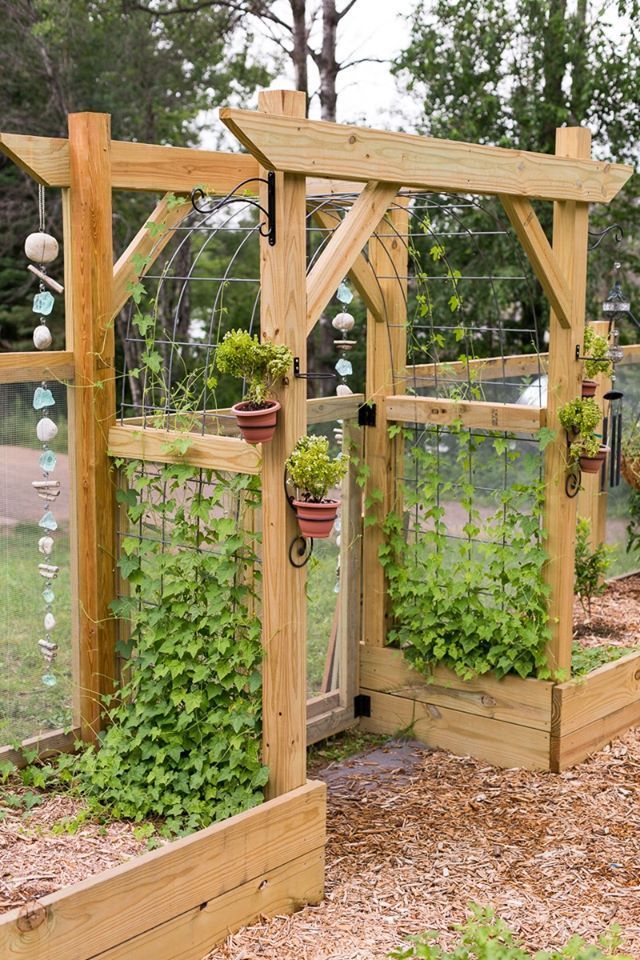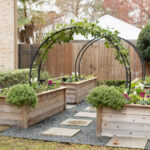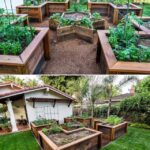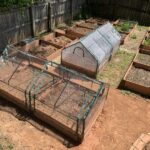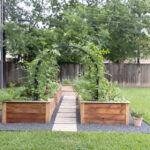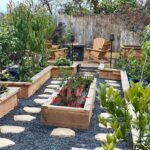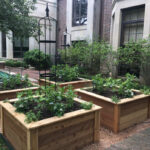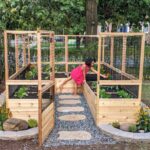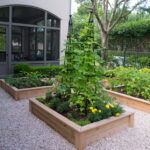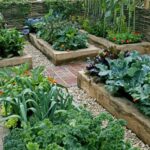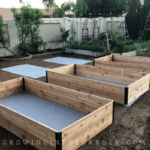Raised garden beds are a popular option for many home gardeners due to their numerous benefits, including improved drainage, better soil quality, and easier access for planting and maintenance. When it comes to designing the layout for your raised garden beds, there are several key factors to consider in order to maximize space and efficiency.
One important consideration when planning your raised garden bed layout is the amount of sunlight each area of your garden receives. Different plants require different levels of sunlight, so make sure to group together plants with similar light requirements in the same bed. This will help ensure that your plants thrive and produce a bountiful harvest.
Another factor to keep in mind when designing your raised garden bed layout is the spacing between beds. Make sure to leave enough room between each bed for pathways, so that you can easily access and tend to your plants. A general rule of thumb is to leave at least 18-24 inches of space between beds to allow for sufficient room to walk and work.
In addition to considering sunlight and spacing, it’s also important to think about the overall layout and design of your raised garden beds. Consider creating a symmetrical layout with evenly spaced beds for a clean and organized look, or opt for a more casual, informal design with beds of varying shapes and sizes. Ultimately, the layout of your garden beds should reflect your personal style and preferences.
When deciding on the size and shape of your raised garden beds, consider the types of plants you want to grow and how much space they will need. Some plants, such as tomatoes or zucchini, require more room to spread out, while others, like lettuce or herbs, can be planted closer together. Tailoring the size and shape of your beds to the needs of your plants will help ensure a successful and productive garden.
Finally, don’t forget to consider the overall aesthetic of your raised garden bed layout. Incorporate elements such as trellises, arbors, or decorative edging to add visual interest and create a cohesive and welcoming garden space. By carefully planning and designing the layout of your raised garden beds, you can create a beautiful and functional garden that will provide you with fresh, homegrown produce for years to come.
